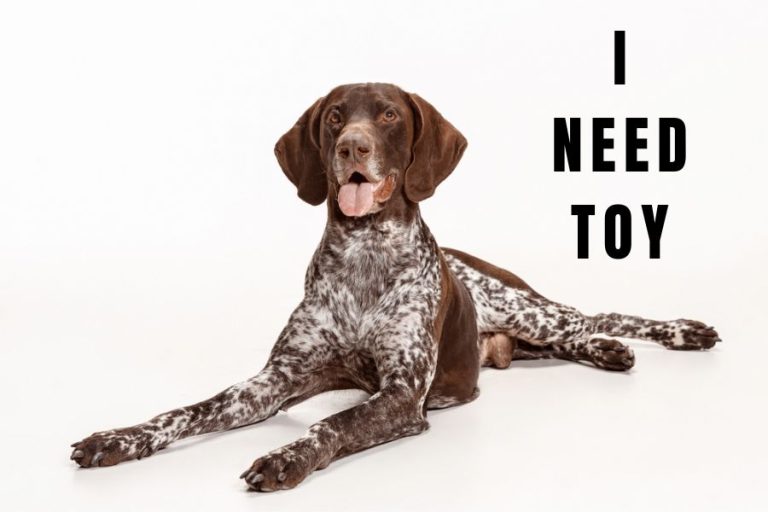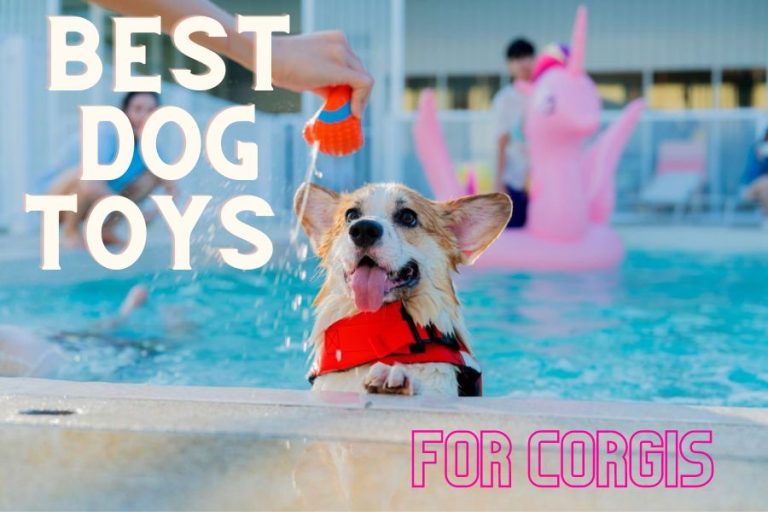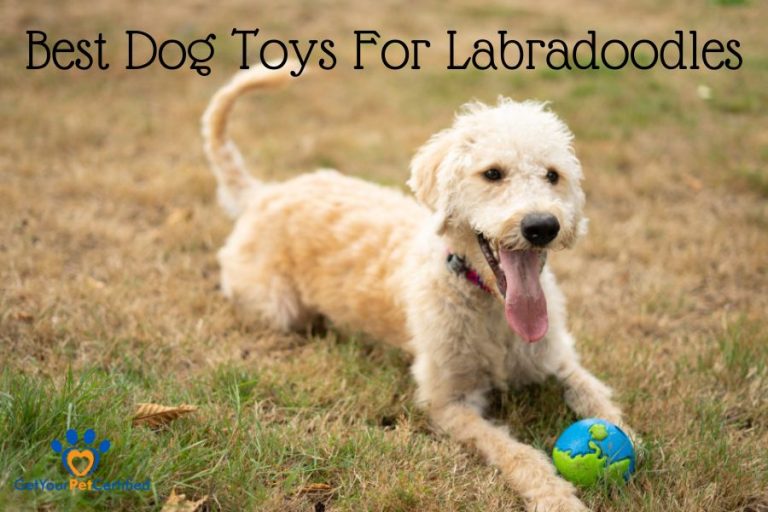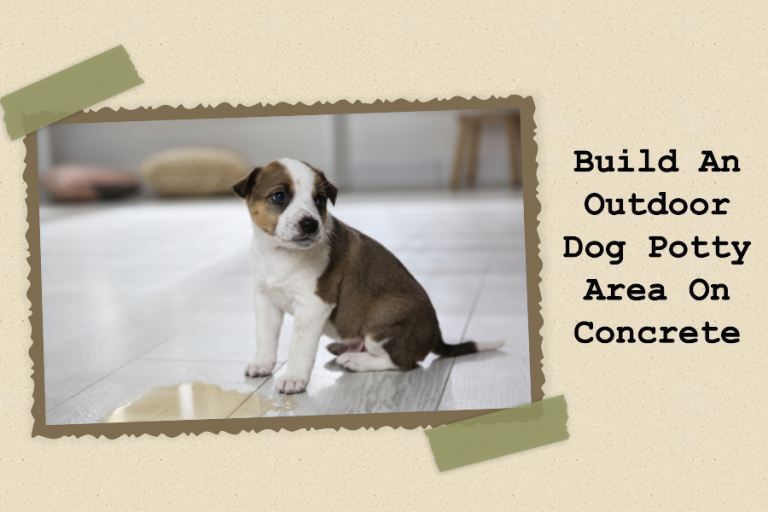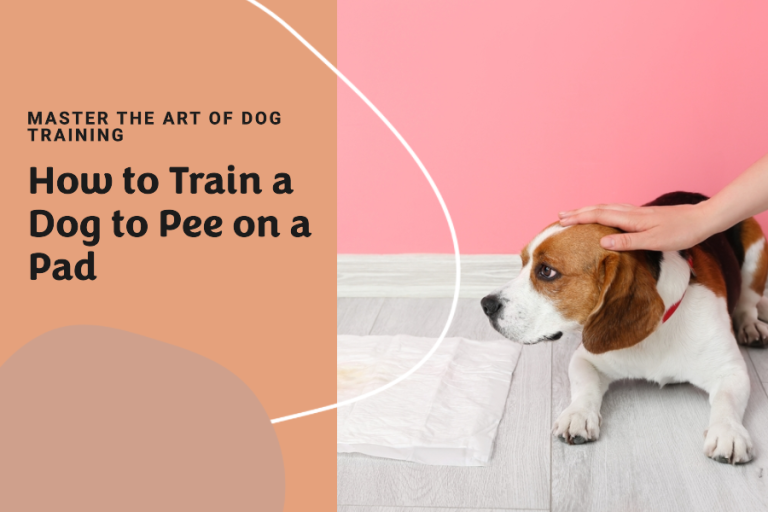Training Deaf Dog with Vibration Collar: A Comprehensive Guide
Training a deaf dog can be tough. You might feel like you’re not getting through. But there’s good news! Vibration collars can break the silence. They’re like flipping a switch to talk without words.
These collars change quiet signals into a language your dog understands. It’s all about love and learning. Stay with us. We’ll turn mix-ups into chances for you and your dog to grow closer.
Can you use vibration collars for deaf dogs ?
Vibration collars are great for deaf dogs. They shake to catch your dog’s eye. This way, you can sign to them what to do next. With a vibration collar, you and your dog can chat without words.
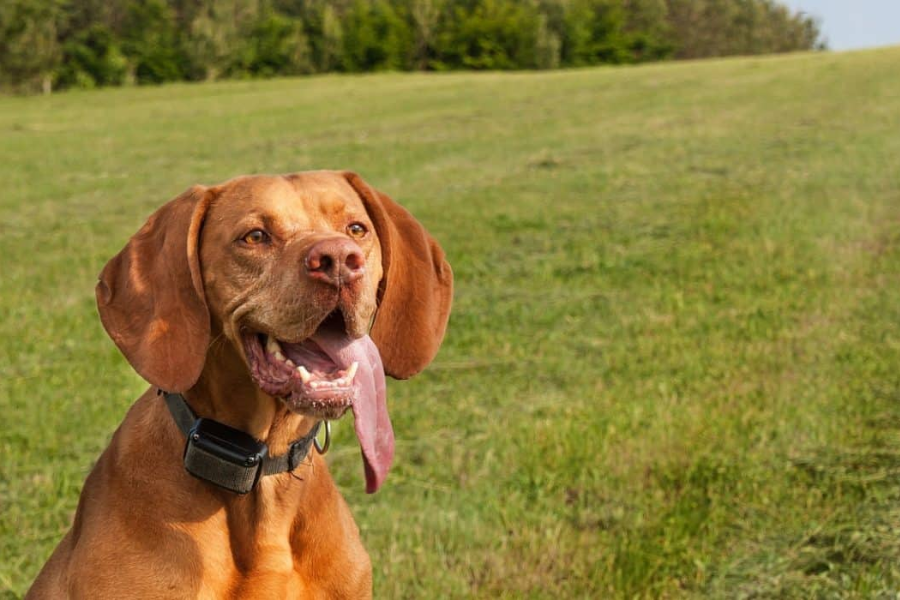
How to train a dog with a vibration collar ? A Step-by-Step Guide
Training a deaf dog with a vibration collar can be simple. Here’s how to do it in easy steps:
To prepare, pick a comfy collar for your dog and let them wear it without power. Let them get used to it. Then, turn on the vibrations when they seem okay with the collar. Always give them treats with the buzz for a happy vibe.

Here’s a quick training rundown:
Start where it’s quiet so your dog won’t get distracted.
Use the lowest buzz on the collar to get their attention, not to scare them.
When you buzz, give it a treat. This makes the buzz something they look forward to.
Next, match the buzz to the commands. Say, buzz then sign “sit.” Treat them when they sit.
Slowly move on to harder commands, treating them to do well.
Keep the lessons short and sweet. Practice often, but don’t tire them out.
Vibration collar vs an e collar ?
Vibration collars and e-collars are both for dog training, but they work differently.
Vibration collars use buzzes to get your dog’s attention. You press a button, and the collar vibrates on your dog’s neck. With training, dogs learn what each buzz means, like one buzz for “sit” and two for “come.” These collars are gentle and don’t hurt your dog.
E-collars, or shock collars, give a little shock to tell a dog they shouldn’t do something. You’re in control of the shock’s strength, making it as gentle or firm as you need. I know some trainers who are all for using e-collars. Yet, there are others who worry they might spook your dog, get them all jittery, or even make them a bit grouchy.
Vibration collars are a real find for dogs that struggle with hearing. They get a buzz they can feel, which stands in for your voice. It’s a kind way to chat with any pup, really.
On the other hand, e-collars are handy for when your furry friend is a dot on the horizon or if they just won’t stop yapping. But let’s be real, they’ve got a bit of a rep. If you’re not careful, they can be more trouble than they’re worth. That’s why the pros often give a heads-up to use them wisely.

Now, when it’s up to you to choose a training method, put yourself in your dog’s paws. What will help them get the hang of things smoothly? Go for training that builds trust and gets you two to understand each other. Skip the scare tactics!
Wrapping it up
It might look hard to train a deaf dog, but trust me, it’s possible. Don’t ever think that deaf dogs can’t enjoy learning new things. It’s possible to do great things if you have a little patience, a lot of drive, and the right tools. We want to make a great bond with them and help them find their way through their quiet world.
As dog lovers, it’s our job to make sure our pet family members are as happy as they can be. From what I’ve seen, vibration collars are the best way to train deaf dogs. If you’re having this problem, you should definitely think about trying this method.




